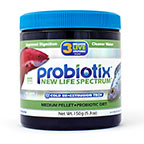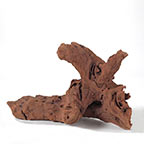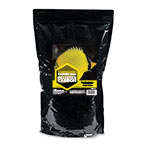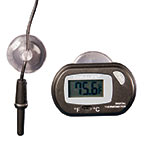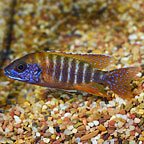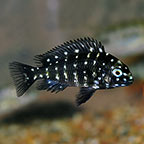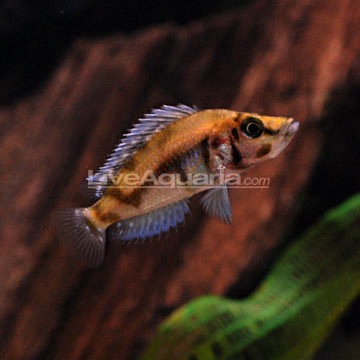
Quick Stats
What do these Quick Stats mean? Click here for more information
What do these Quick Stats mean? Click here for more information
Overview
The Gold Head Compressicep Cichlid should be maintained in an aquarium of at least 50-gallons with other aggressive cichlids. Incorporate plenty of rocks and African driftwood in order to build caves, and a sandy bottom comprised of aragonite to maintain the necessary high pH and alkalinity.
The Gold Head Compressicep Cichlid is a cave spawner, and breeding is more difficult than most of the cichlids. At maturity, the males are typically deeper bodied and larger than the females. Provide plenty of caves, empty shells or even flower pots for the female to lay their eggs. Incubation occurs in 3 to 4 days and the female will remain to protect the spawning site. Feed the fry newly hatched brine shrimp and finely crushed flake food.
Their diet should contain both meaty and vegetable based foods such as brine shrimp, bloodworms, Spirulina-based flake and pellet foods.
Approximate Purchase Size: 1" to 2"




